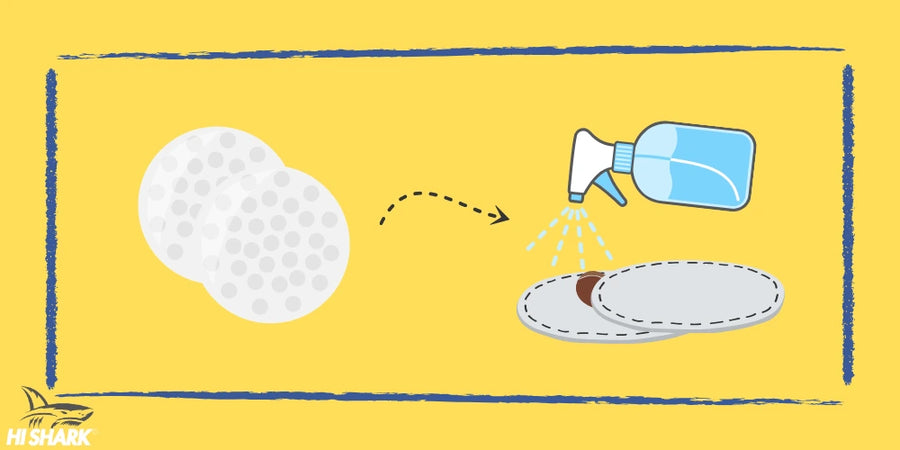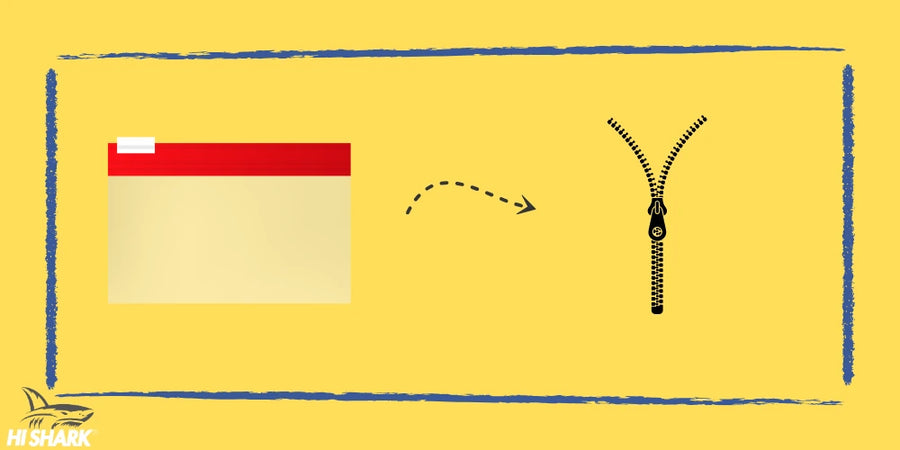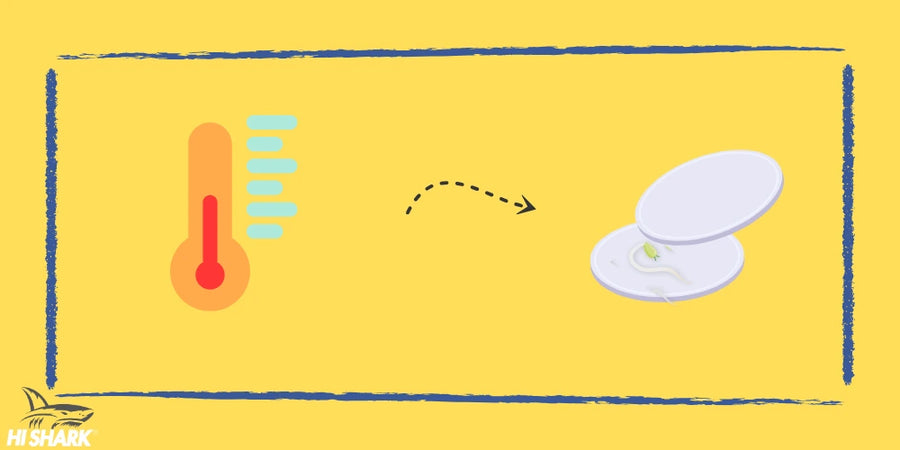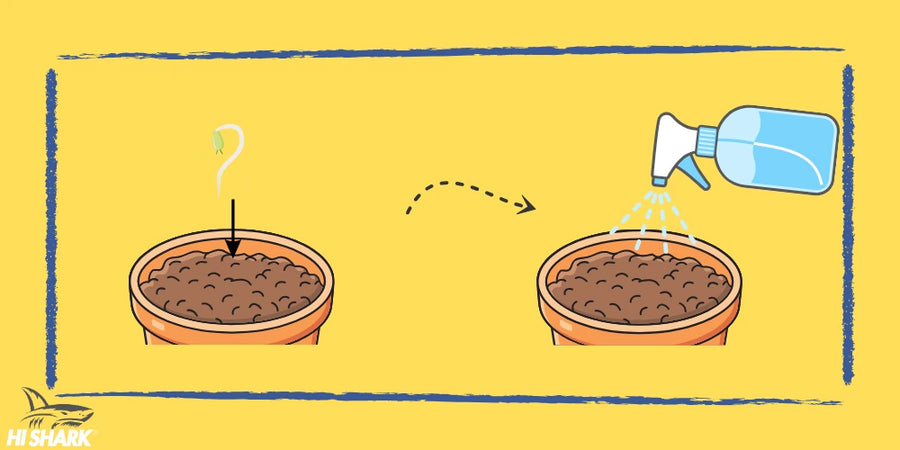Geschenke für jede Bestellung
Bestellwert:
20€ - FREE Blättchen + Tips
30€ - FREE Versand
50€ - FREE 2x Surprise AUTO Seeds
100€ - FREE 6x Surprise FEM Seeds
This store requires javascript to be enabled for some features to work correctly.

Growing cannabis begins with a crucial step: seed germination . Good germination is the foundation for healthy plants and a successful harvest. If you plan to grow cannabis , it is essential that you understand and master the germination process. In this comprehensive guide, we explain everything you need to know about germinating cannabis seeds so you can successfully germinate your plants and give them the best start in life.
Table of contents:
Germination is the first step on the way to a healthy, strong cannabis plant. Often underestimated, germination is an essential phase that can influence the entire course of growth. Inadequate germination leads to weak, unhealthy plants that may never reach their full potency.
Cannabis seeds are small but highly specialized "stores of life" that are capable of coming to life again under the right conditions. During this phase, giving seeds the right start is crucial to laying the foundation for a successful harvest.
There are several methods you can use to germinate your cannabis seeds. From the traditional paper towel method to using Jiffy germinators , there are many different approaches. Each method has its pros and cons, but the key is to choose the best one for your environment and growing conditions.
However, before you dive into the different germination methods, it is important to understand what is important when selecting and caring for seeds.

Choosing the right cannabis seeds is the first step to a successful harvest. But how do you know if your seeds are of good quality?
Make sure your seeds are dark in color. Cannabis seeds with a dark, almost black color are usually healthy and have a good chance of germinating. Light, almost white seeds, on the other hand, are often weaker and less likely to germinate. If you are unsure whether a seed will germinate, you can gently roll the seeds between your fingers to see if they have a firmer structure . A soft, fragile seed indicates a lower germination capacity.

Important note: Even damaged but dark seeds can often still germinate, so don't be put off by small cracks or dents and try it yourself.
Before we jump right into germination methods , there are a few golden rules of germination . For the best results, we recommend sticking within these guidelines no matter how you end up germinating. That being said, of all the factors to consider, temperature is one of the most crucial. Seeds will always seek out even the smallest amount of moisture, but they use temperature as a sign that they need to do so.

Cannabis seeds usually germinate between 12-36 hours after hydration, but this time can be longer or shorter depending on the method and environmental conditions . There is no exact time frame as each seed is different and is affected by various factors such as:
Most growers allow 3-5 days for the seeds to establish. During this time, the seedling can develop small roots. If the seed has not opened after 5 days, it could be due to an unfavourable environment, such as too low a temperature or insufficient humidity .
There are several common methods you can use to germinate your cannabis seeds. Each method has its own advantages, and the choice often depends on your personal preference and growing conditions. Here are some of the most popular methods:
This method is simple and only requires a few paper towels and water . You wet the towel, place the seeds on it, and then cover them with another damp towel. Place the seeds in a warm place and maintain the moisture. This method is particularly popular because it is very simple and inexpensive.

Jiffy seedling pots are an excellent choice if you want to combine germination and planting in one step. These pots provide an optimal environment for germination as they are permeable and provide consistent moisture to the seeds. The roots of the seedlings can grow directly through the seedling pot and continue to develop without disturbance .
You can easily order the Jiffy sprouting pots online : Jiffy sprouting pots at Hi -Shark .


This method consists of placing the seeds in a glass of water for about 24 hours. It is believed that the water softens the shell of the seed and facilitates the germination process. After this time, you should place the seeds on a damp towel to encourage rooting. This method is very effective, especially for hard-shelled seeds .

Another handy tool for the germination process is our germination kit . This kit contains everything you need to germinate your cannabis seeds safely and effectively: germination pots, clear instructions and accessories to help you get started. With the Hi-Shark germination kit, you can ensure that your seeds get the best possible start.
-
moisturize two cotton pads light with water and place the cannabis seeds between the pads.

Place the moist cotton pads with the cannabis seeds in a zip bag and close this to 75% (25% remain open).

Place the zip bag on a warm, dark place . Check after 1-3 days whether a small white root is visible.

Once the root is visible, you can plant the cannabis seeds in the soil - about 1 cm deep. Just moisten the soil and do not water (as this could wash the seeds through the soil).

You can find the sprouting kit here: Free sprouting kit at Hi-Shark .
After your seeds have germinated, it is crucial to treat them properly. The next step is to carefully place the seedling into the soil. Make sure the seedling is growing in a loosely structured, well-aerated substrate that provides enough nutrients and moisture.
The first few days after germination are crucial for the survival of the seedling. You should make sure that the plant does not get too much light , as this can stress the seedling. It is best to place the seedlings in a slightly darkened place until they develop their first real leaves.
Tip: Make sure the root area stays moist, but not too wet, as standing water can lead to root rot .
Germination is only the first step towards a successful cannabis harvest. Once your plant has developed its first roots and leaves, the vegetative phase begins, in which it continues to grow and prepare for flowering.
If you have successfully mastered germination, you have already taken the first step towards keeping your cannabis plants healthy and robust . The next phase is about providing the plants with the right nutrients and conditions so that they grow strong and develop powerful flowers.

With our step-by-step instructions, you can germinate your cannabis seeds successfully and easily. Watch our video and follow the steps described to achieve the best results. Good luck! 🌱
Erfahre noch mehr über die Keimung, Wirkung und Einfplanzung von Hanfsamen.
Hanfsamen benötigen zum Keimen kein Licht, sondern können sich am besten in der Dunkelheit entwickeln. Zu viel Licht ist sogar...
Der Anbau von Cannabis beginnt mit einem entscheidenden Schritt: dem richtigen Cannabis Samen einpflanzen. Dieser Moment ist ausschlaggebend für die...
Der Anbau von Cannabis ist eine hoch spezialisierte Tätigkeit, die von Profis mit viel Erfahrung und Präzision durchgeführt wird. Wenn...